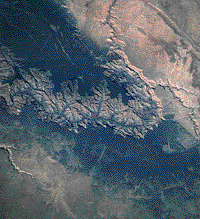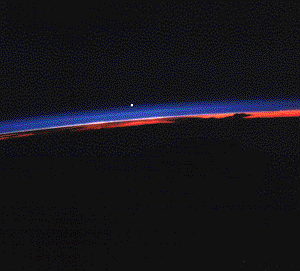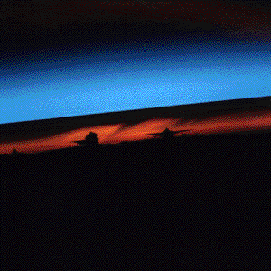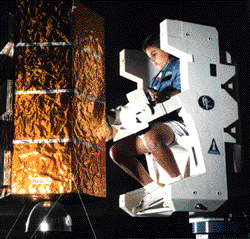
 Part 7 of 8
Part 7 of 8



 Part 7 of 8
Part 7 of 8


Experience tells us that space explorers have several key attributes in common, regardless of whether their objective is our planet or a distant one, regardless of whether their method is robotic or piloted. They need to have vision, great curiosity, and a strong sense that some information and understanding essential to resolving problems on Earth lies beyond our current grasp. They often need tremendous patience to stick out long campaigns despite political, financial, or technical delays. To prepare themselves for their tasks, they will need great self-discipline; to succeed at them they will need, in addition, courage, ingenuity, and the occasional stroke of luck.
We are well past the era when frontiers were challenged by single families embarking in covered wagons or by small groups of men setting off in sailing vessels. Nowadays our expeditions require large interdisciplinary teams of people who can master not only complex technology but also the trickier challenges of finance, politics, and human relationships.
 |
|
 |
|
Some of these teams will set their sights outward, pressing on to explore and perhaps eventually settle other worlds in our solar system. Others - myself among them - will remain committed to exploring and understanding our current home, using the vantage point of space to find better answers to our many questions about its past and its future.
 |
 |
|
|
|
Both of these quests clearly exceed a single lifetime. That means that many of the key team members for the future are in the classrooms of the world today. Will their education prepare them? Will they care enough to join in these great explorations? Will they have the curiosity, knowledge, and self-discipline required to succeed? I certainly hope so, because the world will certainly need them.
 |
A potential astronaut practices docking a Manned Maneuvering Unit with a satellite in the "Training Program" at the Kansas Cosmosphere & Space Center in Hutchinson, Kansas. |

 Part 7
Part 7


This local copy was downloaded from http://eol.jsc.nasa.gov/newsletter/uft/uft1.html on 18 Jan 2000.
Responsible NASA official: Dr. Kamlesh Lulla